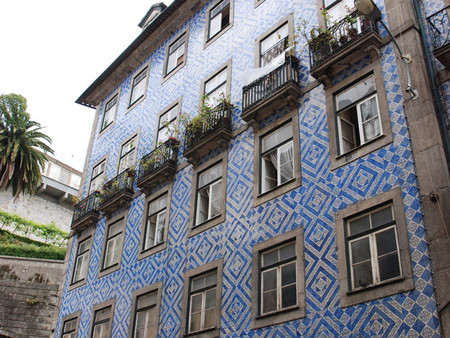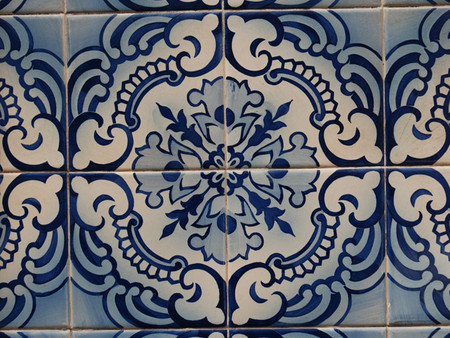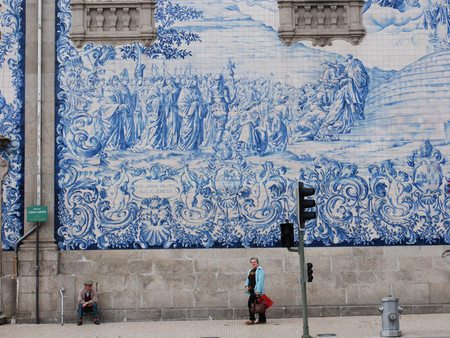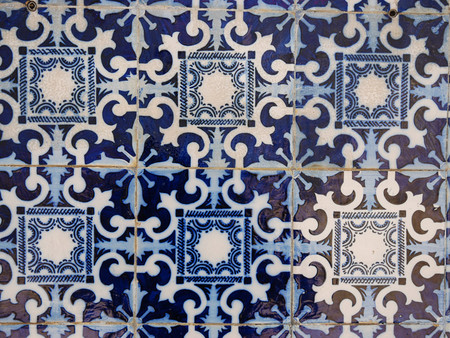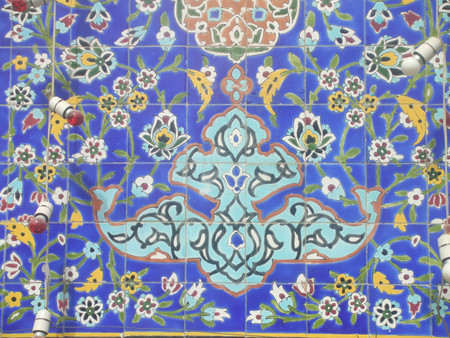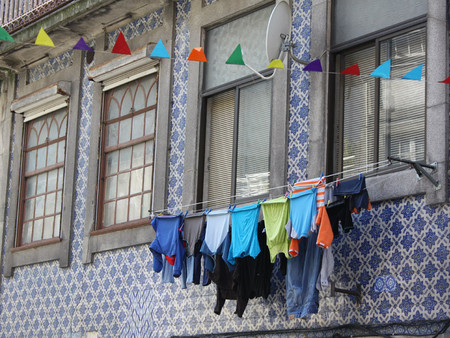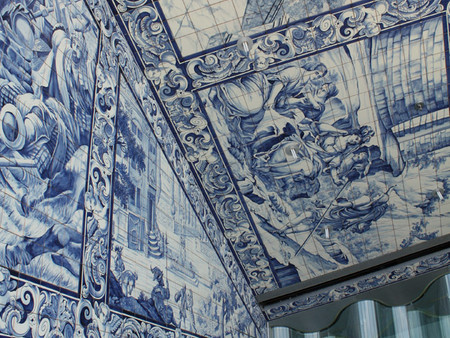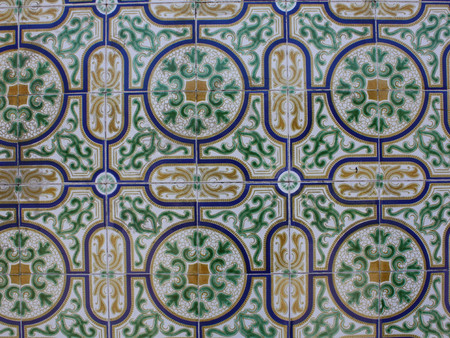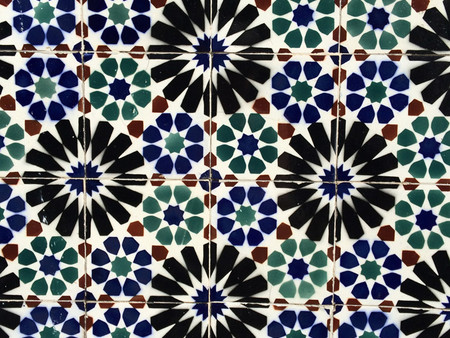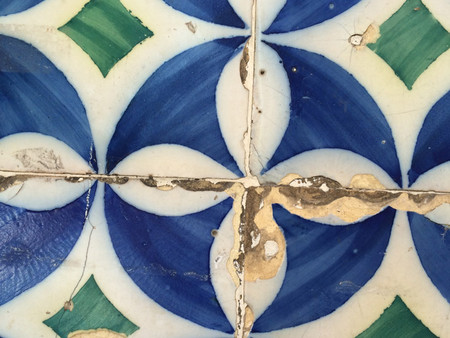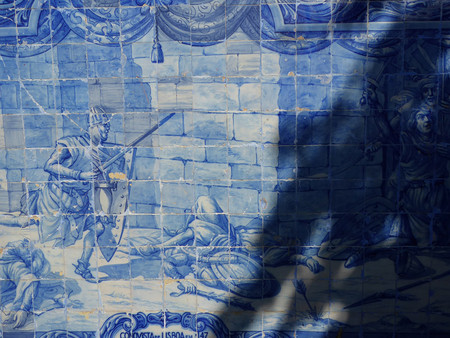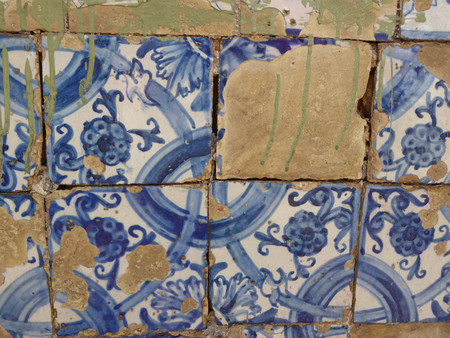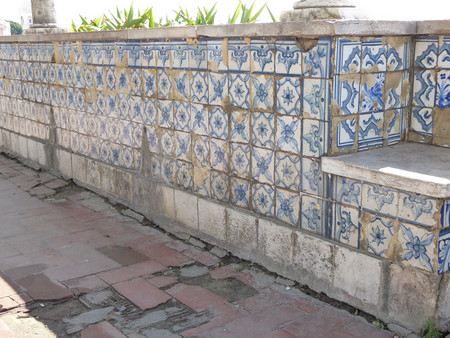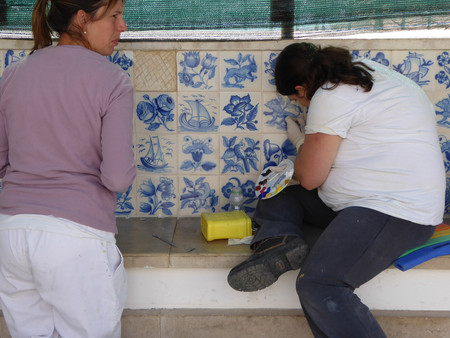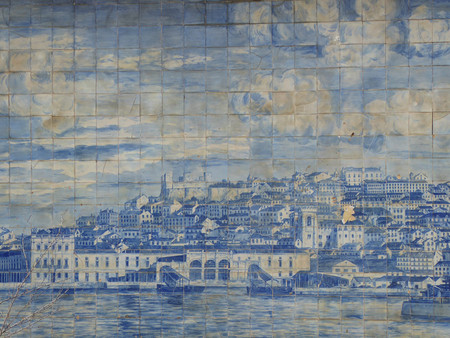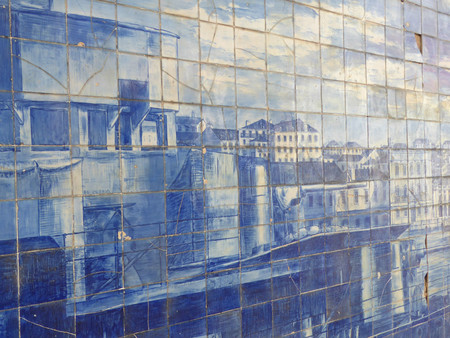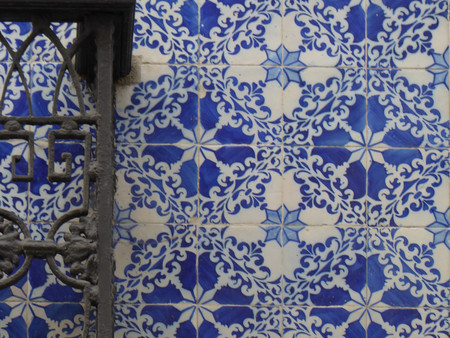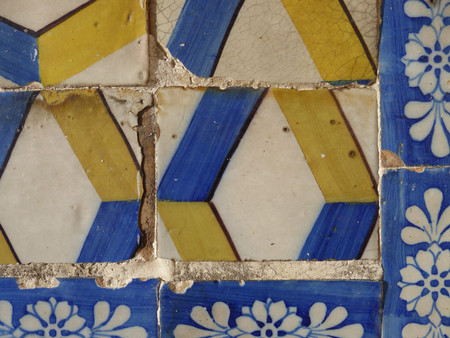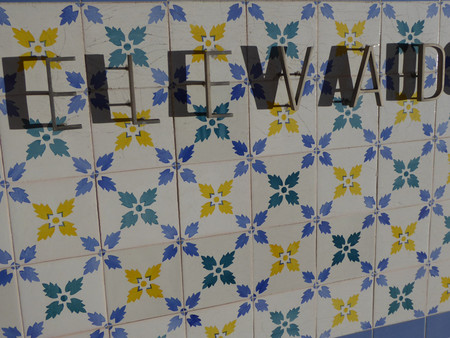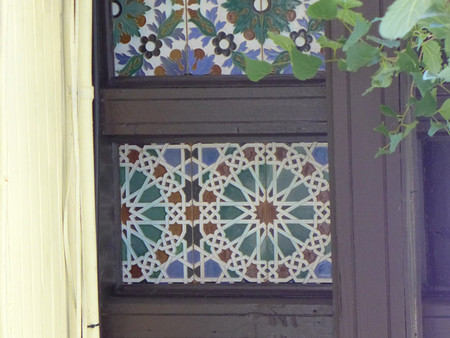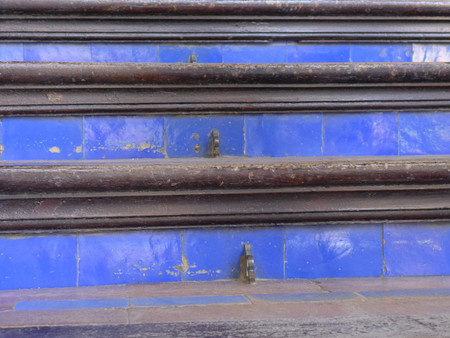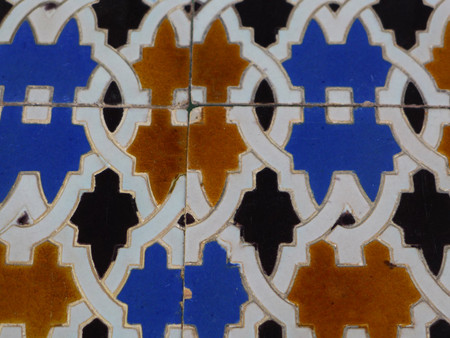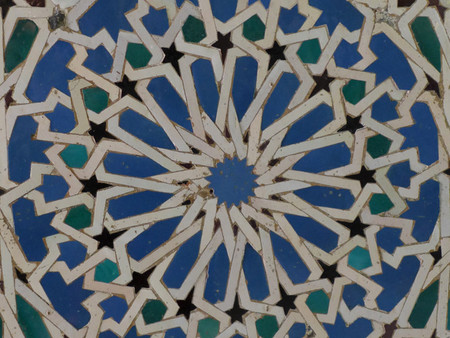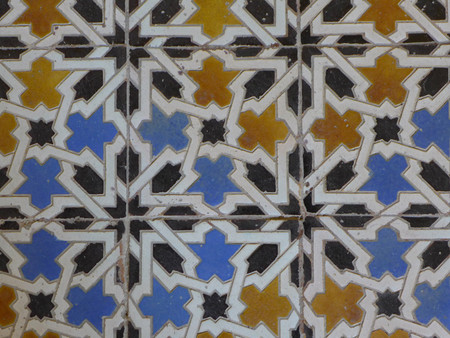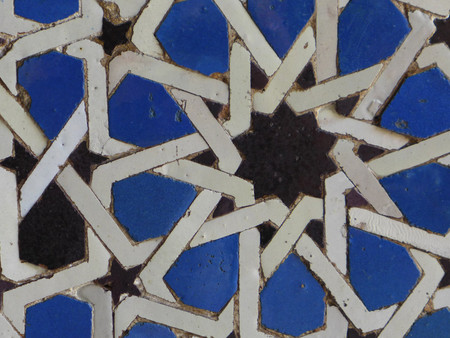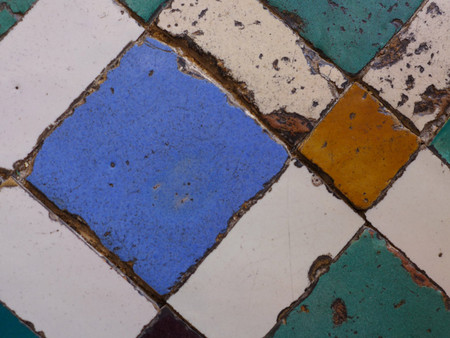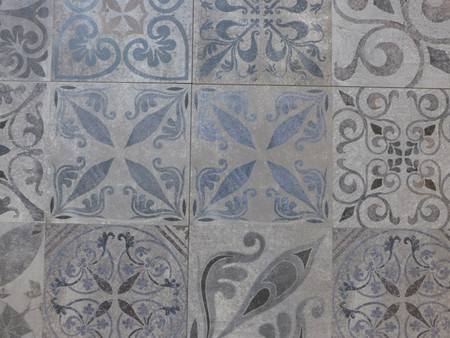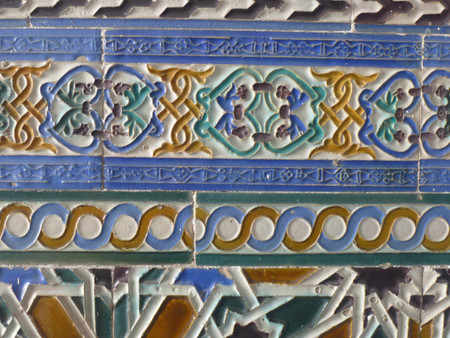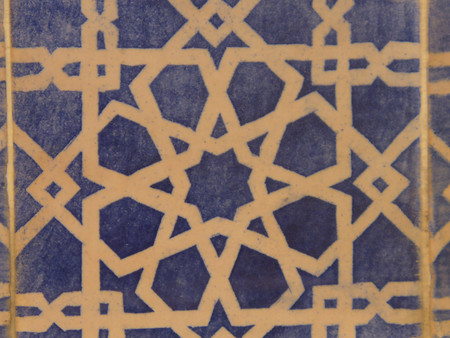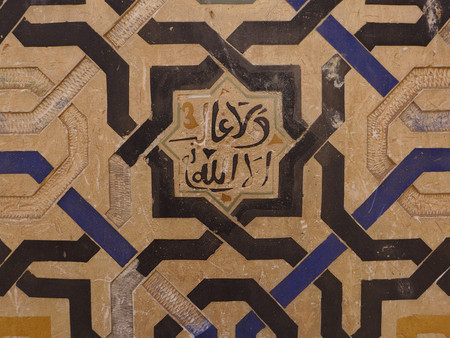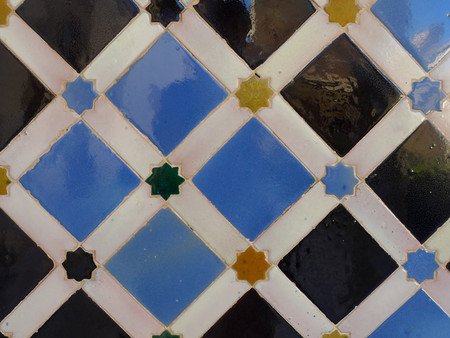Azulejos
Small insight
The name Azulejo derives from the Arabic "al zulaij", which means "small polished stone". The glaze techniques originate from the Persian region, which were adopted and further developed on the Iberian Peninsula by local craftsmen as a legacy of the Moors. The centre of production was in Andalusia in the 12th and 13th centuries, especially in Granada. In the 14th century, Valencia was famous for its azulejos. Today, Portugal is the main producer.
In Portugal, ceramic tiles have always been used in a very original form. Although they were also used in other countries such as Italy, Spain, Turkey or Morocco, this artistic form of expression was more important in Portugal than in any other country. Architecture used azulejos as a decorative element - the interior of churches, monasteries and palaces was extensively covered.
In the 19th century, azulejos left the interiors and began to animated the townscape on the façades, where they can still be marvelled at with all their diversity.
If you want to use the colours of azulejos, you will find them, for example, in the colour families "Lazur", "Saphir" and " Aquarell " in our 3D System PLUS Fan.
The matching white nuances of the azulejos are presented by the white fan.





